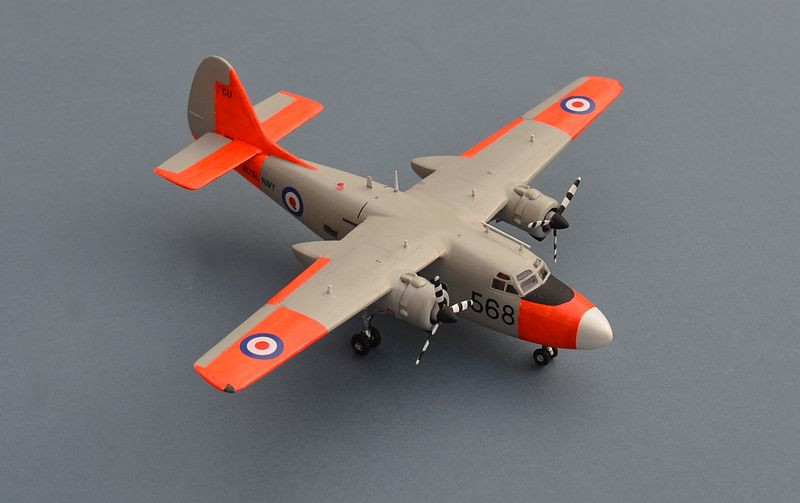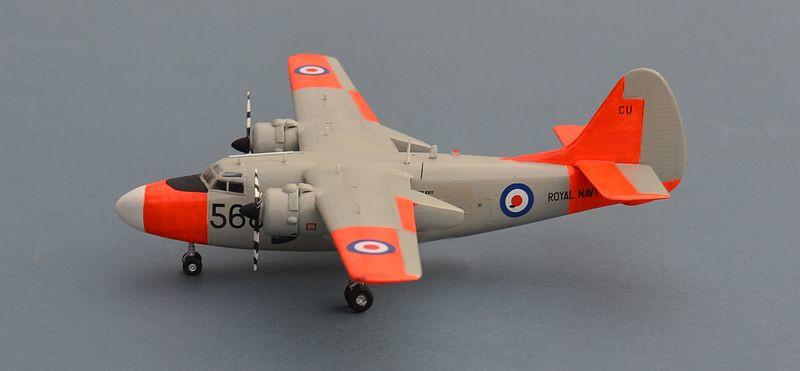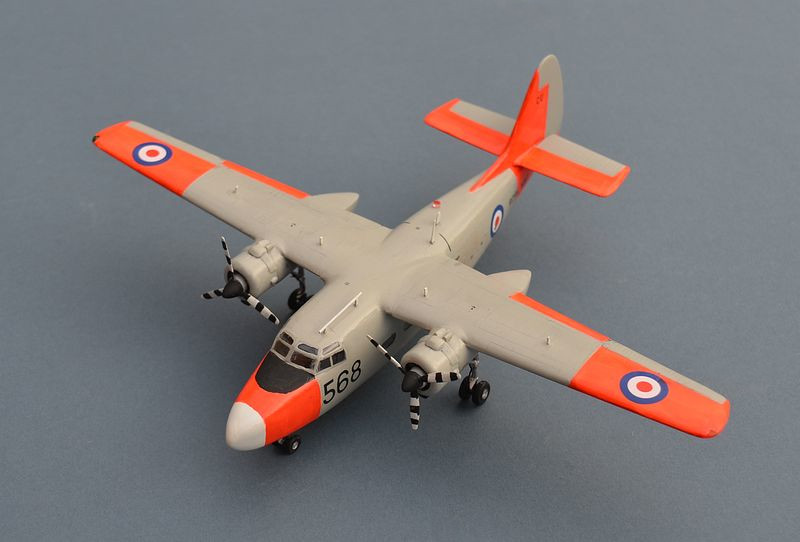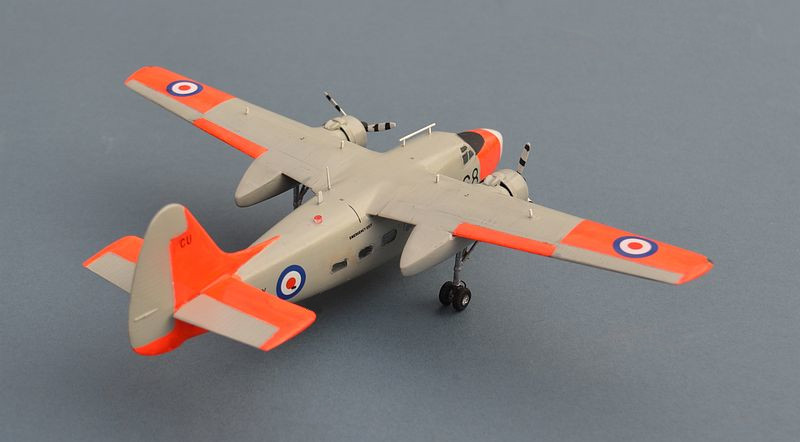Royal Navy Monoplanes -
Sea Hornet, Firefly, Sea Fury, Seafang, Gannet, Skyraider, Chipmunk & Jetstream
![]()
Click on the thumbnail below to go directly to the aircraft model, or simply scroll down
Another Frog classic. Until the recent Trumpeter (and imminent Revell) kits, this was the best you could get. Its not bad, although the cockpit is a flat deck with the pilot's heads moulded on. This one has been built entirely out the box with no changes.
Despite being the subject of "super priority" production, Fairey's Gannet went through an extended gestation period before entering service. Powered by the revolutionary Armstrong Siddeley Double Mamba turboprop engine, the Gannet was the ultimate evolution of the propeller driven, carrier based ASW aircraft.
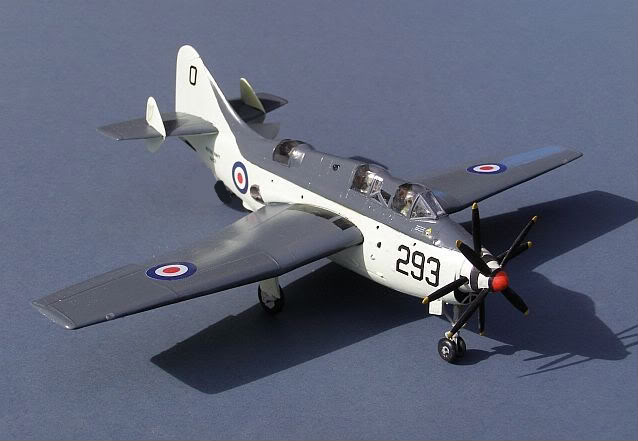
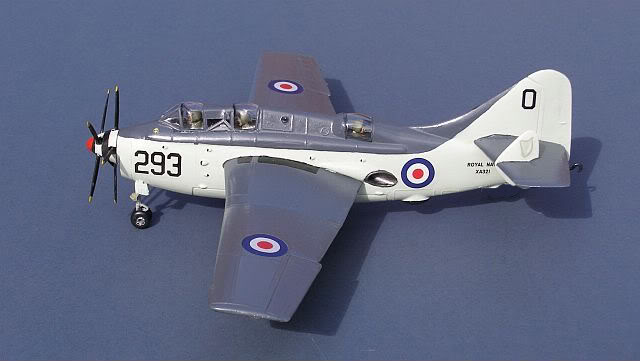
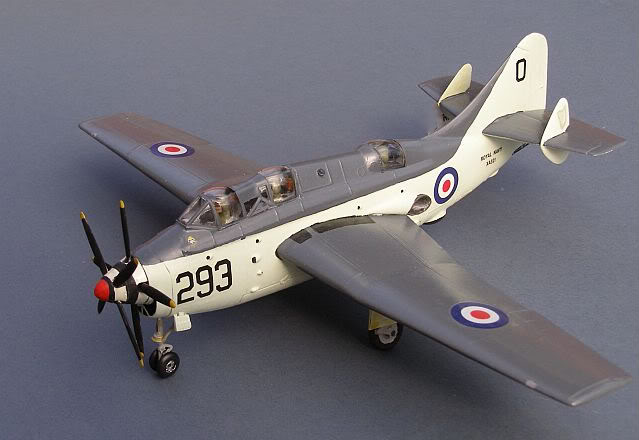
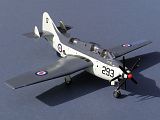
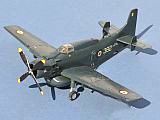
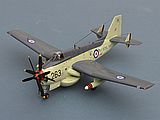
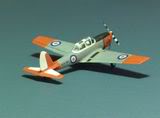
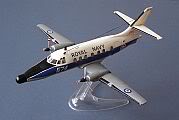
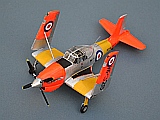
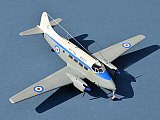
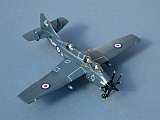
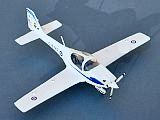
Suez and beyond: The mid-
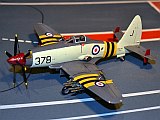
Trumpeter’s Wyvern kit is a modern and very polished production, accurate and easy to build with a good range of decal and weapons options.
The Wyvern represented the last gasp of the Torpedo Fighter concept, straddling the era of propeller driven naval combat aircraft and the jet. It suffered a very long gestation period, largely due to delays in the development of suitable conventional powerplants, but eventually entered service using the Armstrong Siddeley Python turboprop.
Wyverns only remained in service with the RN for 4 years, equipping 4 front-
Although it proved a stable weapons platform with a commendable war record, of the 124 Wyverns built for the Fleet air Arm, with 39 were lost in accidents , with 13 fatalities. By 1958 it was obsolete and was quickly withdrawn from service.
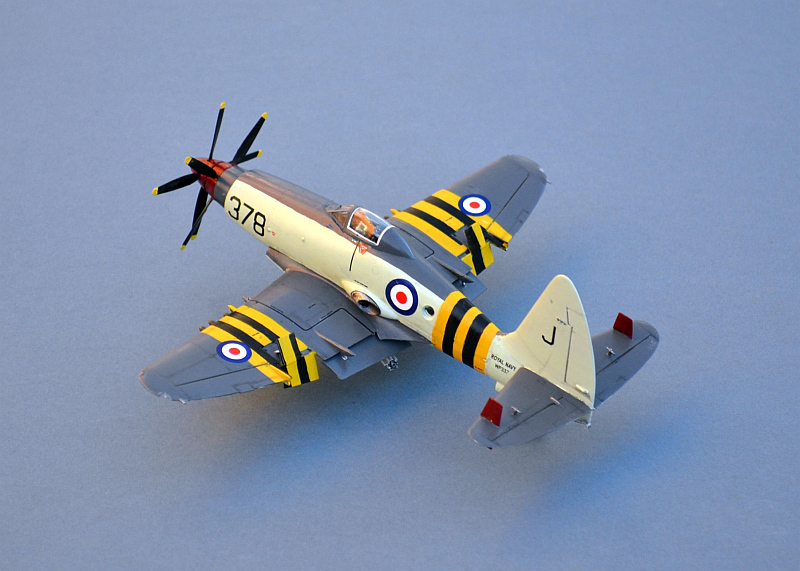
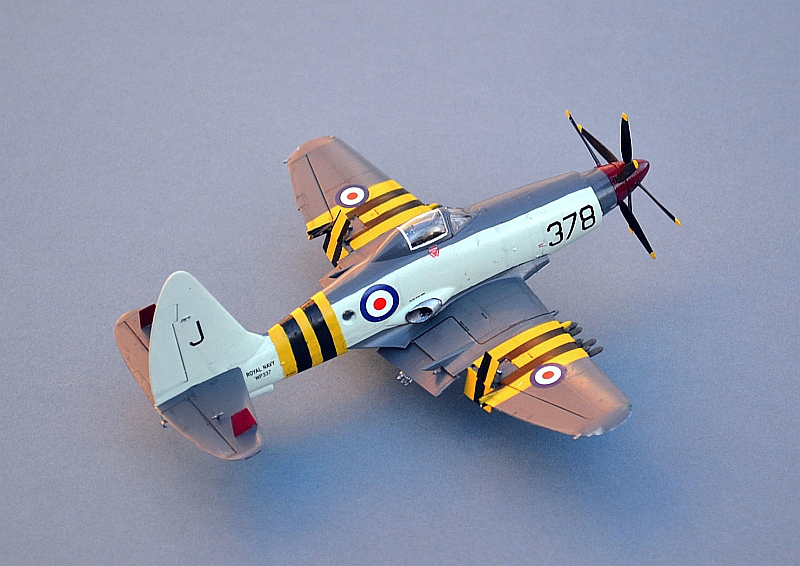
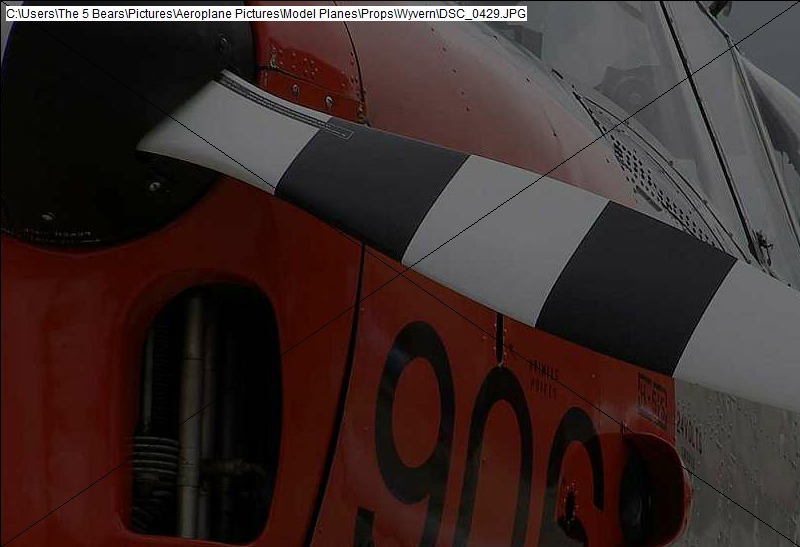
The Frog classic once more, but with a few modifications. This one has wing fuel tanks, removed radar ”bin” and a full antenna fit. Decals come from ModelDecal. Link to build page
Gannets remained in service long after they were replaced by helicopters in the ASW role. A simple conversion to remove ASW role equipment allowed them to be used as Carrier Onboard Delivery (COD) aircraft. Passengers , important stores and mail were loaded into the empty fuselage. A 4th seat was fitted in front of the rear cockpit but seldom used.
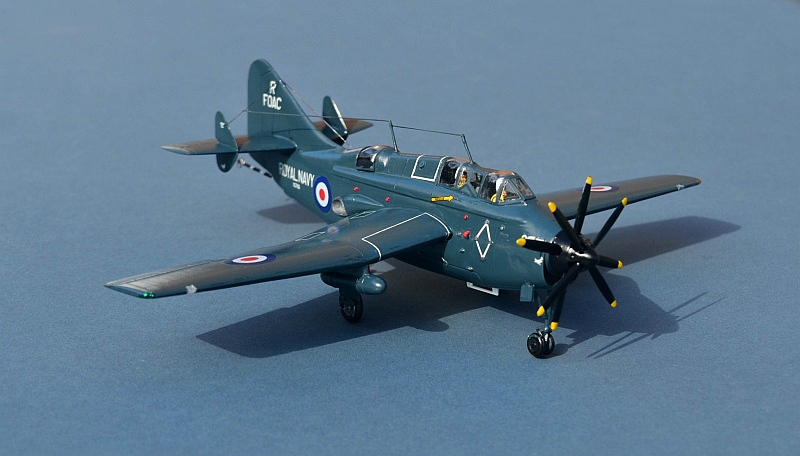
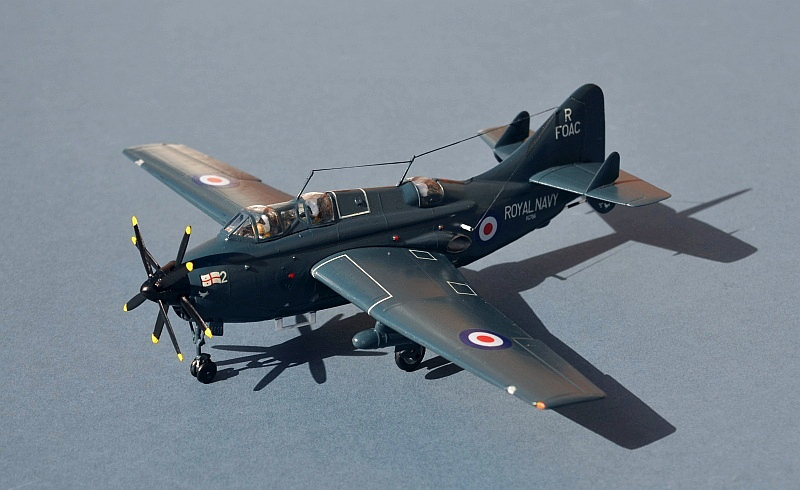
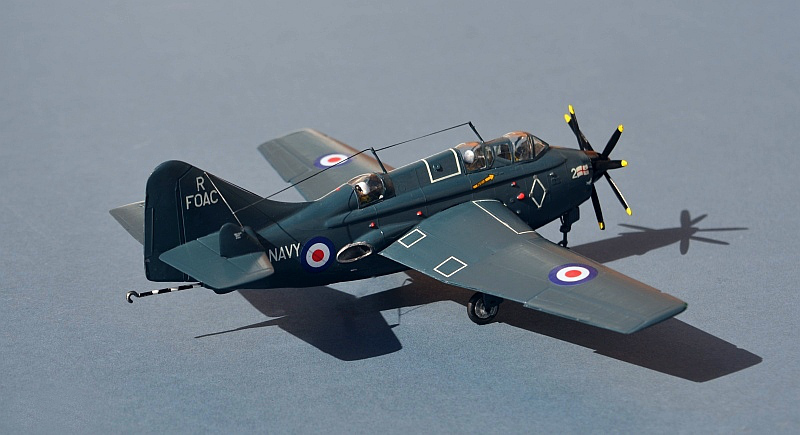
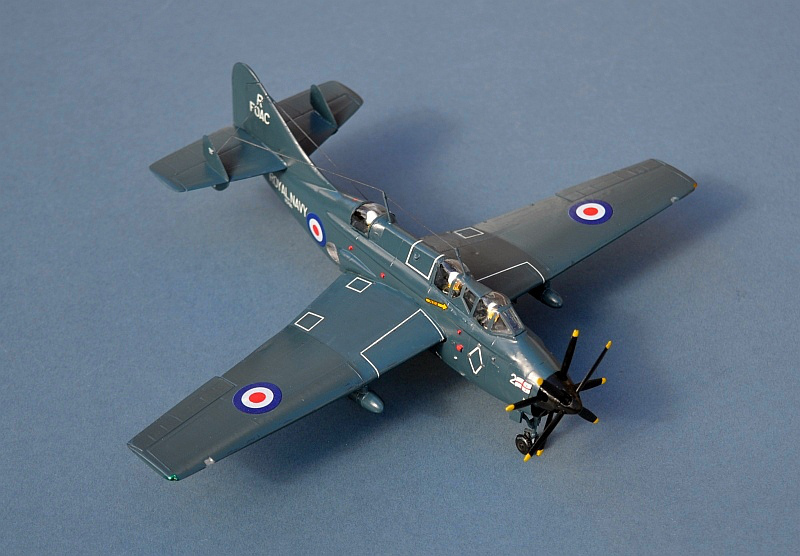
This is the Airfix kit with the C-
For the RN, the Skyraider AEW conversion was a stop-

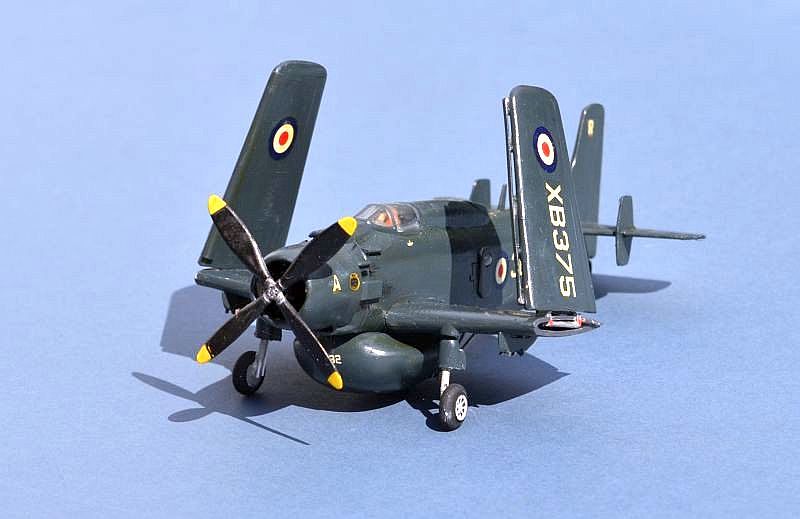
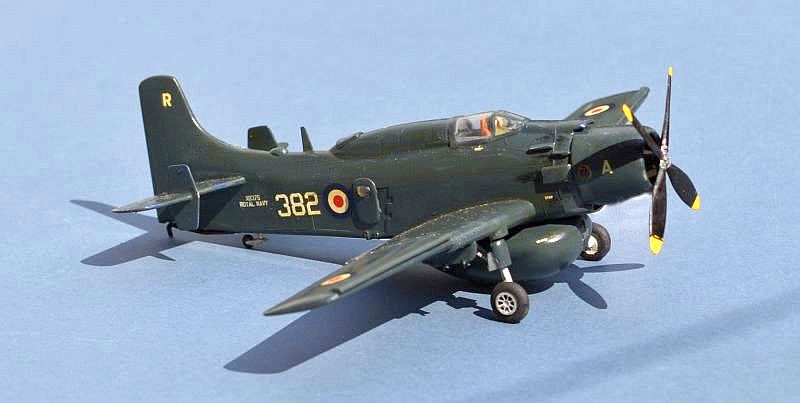
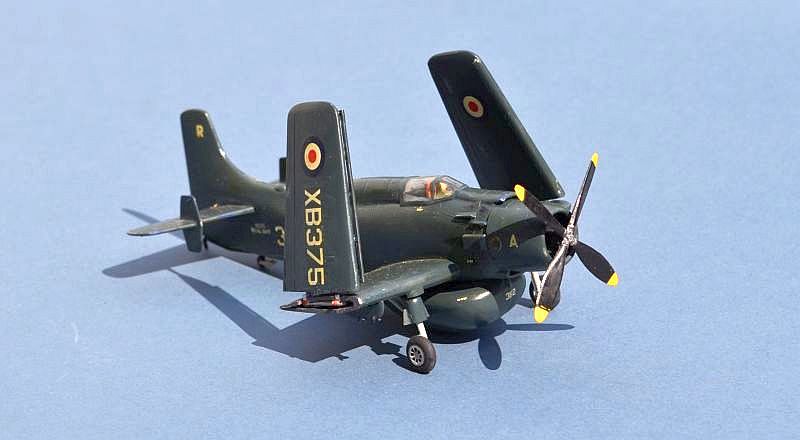
This is a much older ID Models vacform fuselage added to the Frog kit. Decals from Model Alliance.
Gannets saw out their final days with 849 B Flight, operating from HMS ARK ROYAL
until 1978, in conjunction with F-
The Gannet's organic OTH (over the horizon) radar capability was sorely missed in the South Atlantic in 1982.
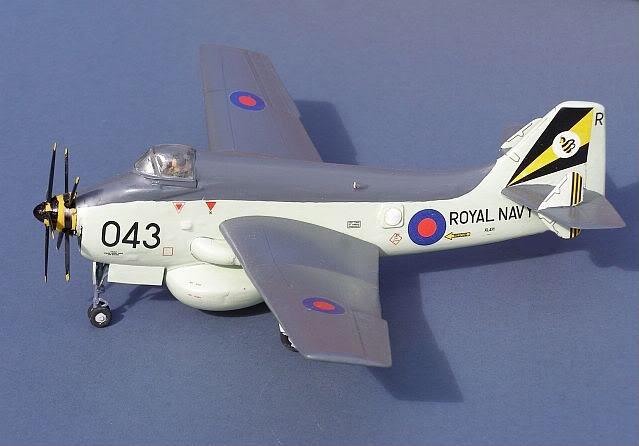
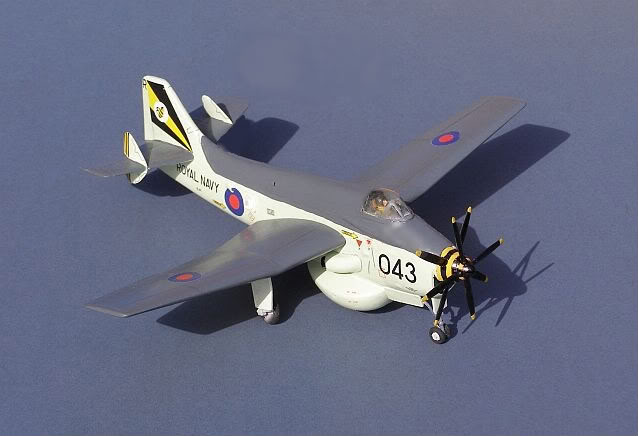
Special Hobby kits are some of the best low production moulds around and whilst this
one has a few building foibles, it builds into a colourful and interesting representation
of the RN’s lfinal pre-
The Balliol served as an advanced trainer with the RAF and RN (with folding wings and hook) during the mid 1950s with the last example remaining in use until the mid 1960s.
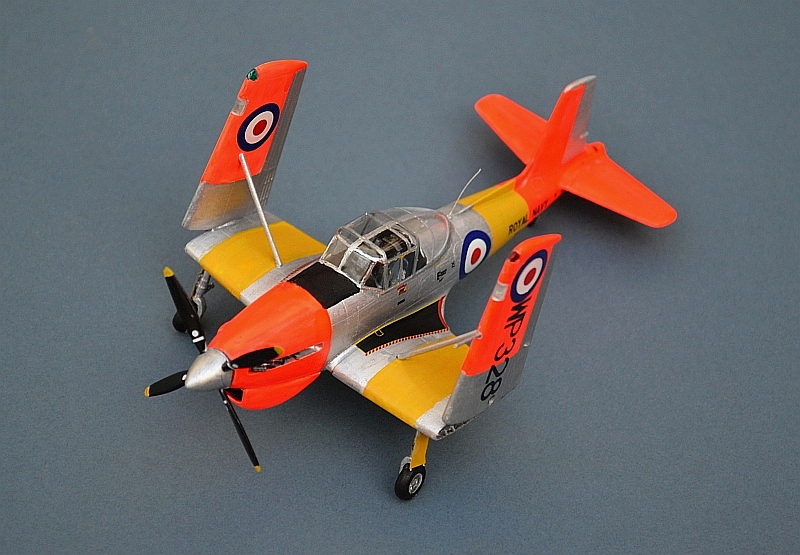
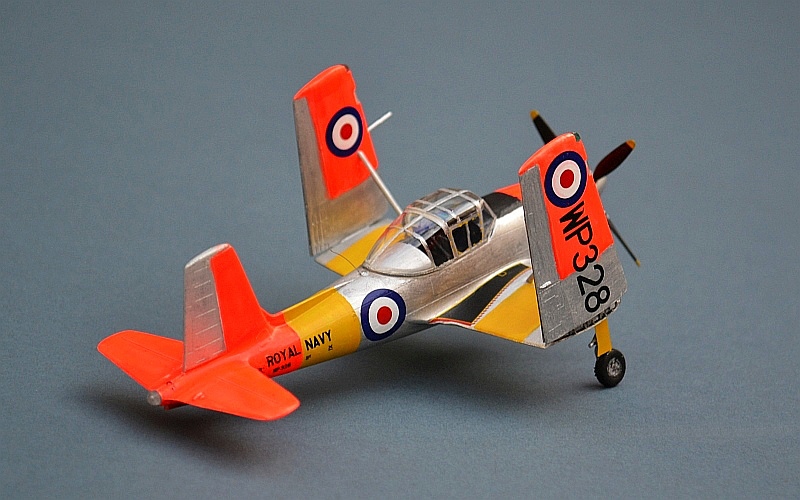
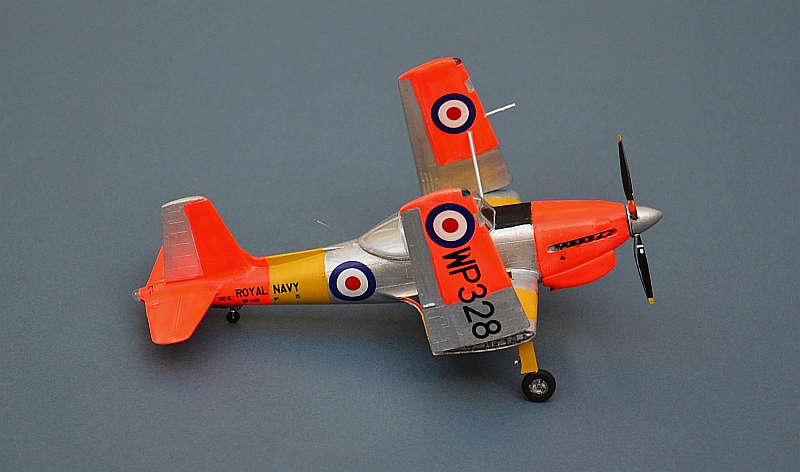
Amodel’s Sea Devon/Dove is an enchanting, but tricky build of this distinctive small transport aircraft.
ThThe Sea Devon C Mk.20 was the Royal Navy’s version of the highly successful DeHavilland Dove short haul airliner, itself seen as a direct monoplane replacement for the iconic Dragon Rapide biplane (Dominie in RN and RAF service). Powered by two DH Gipsy Queen 70 motors of 340hp each, it was capable of over 200 mph with a range of up to 880miles at a more leisurely cruise speed of 187 mph.
The Dove’s first flight was in 1945, and production ended in 1967 during which time,
over 540 Doves, Devons and sea Devons were built, including a militarised version,
known in the RAF as the Devon C Mk.1 and C Mk.2, of which over 127 were built for
air forces around the globe as VIP and light transports. With all-
The thirteen Royal Naval Sea Devons were not part of the militarised batch, but were
former civil aircraft purchased second-
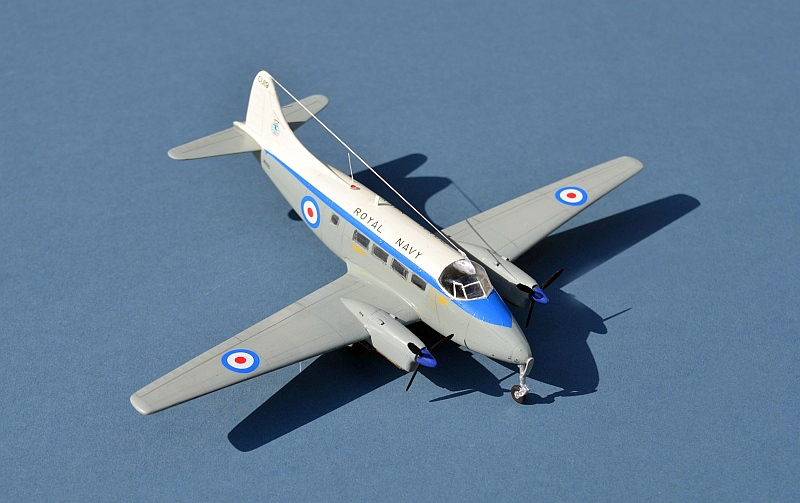
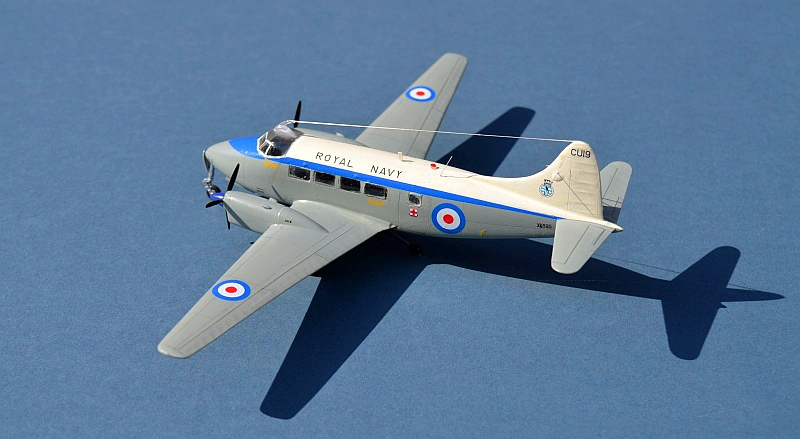
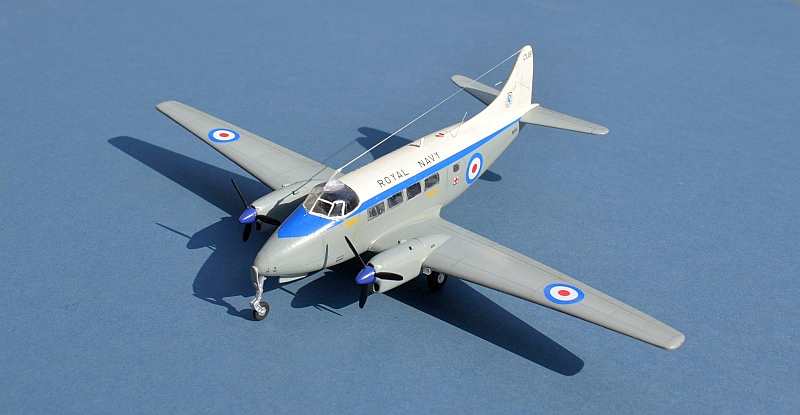
The M&E Models conversion from the Airfix Jetstream has excellent decals, but is otherwise quite simple, matching the kit itself. It includes the new nose, replacement engines and some rather nice transfers for both RN & RAF T.1 variants. I built this kit back in the mid 1990s, when I had effectively given up modelling for a while. As a result it is not one of my better efforts.
Royal Navy Jetstream T.2s replaced the Sea Prince for training Fleet Air Arm Observers, as well as general communication duties; the main difference from the civil (and RAF) version is the use of the Turbomeca Astazou XVI turboprop, plus a distinctive Ekco navigation radar dome in the nose.
The Jetstream was one of Handley Page's last independent designs. Subsequently built by Scottish Aviation (a British Aerospace subsidiary) at Prestwick, it had reasonable success as a regional "feeder" airliner in the US.
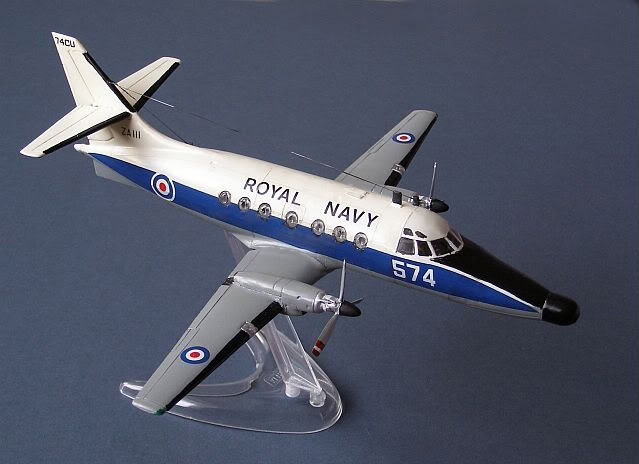
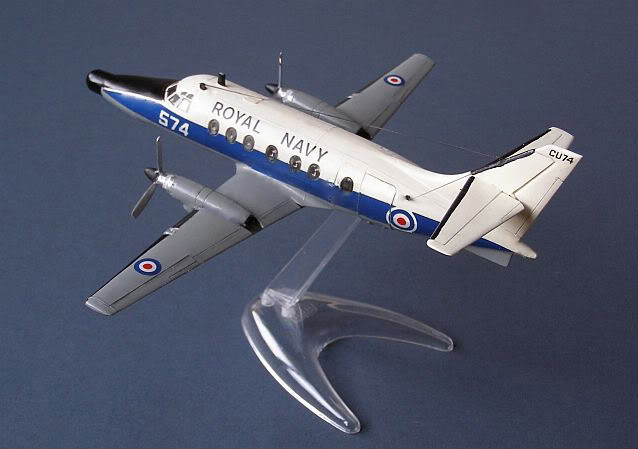
......and the real thing (RIAT 2007):
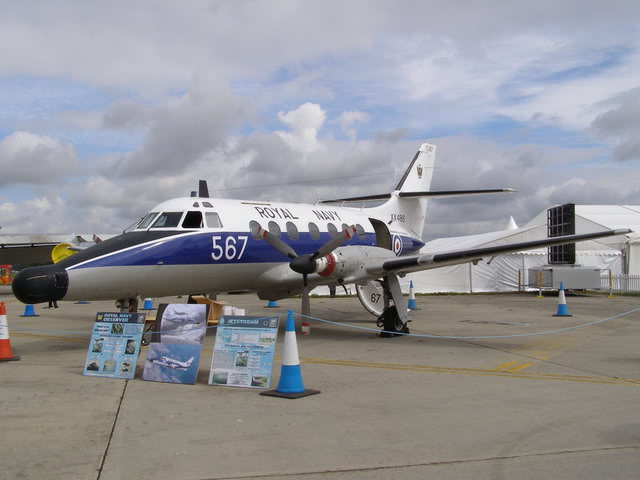
For the 2009 Celebrations of 100 Years of Naval Aviation, Jetstreams wore this attractive motif on their tails:
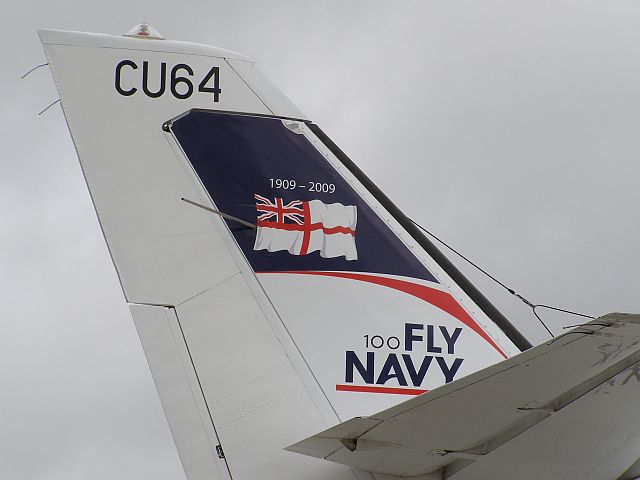
Heritage Models produce this nice Grob Tutor with decals for most University Air Sqns and also for 727 Sqn RN Link to build page
The German-
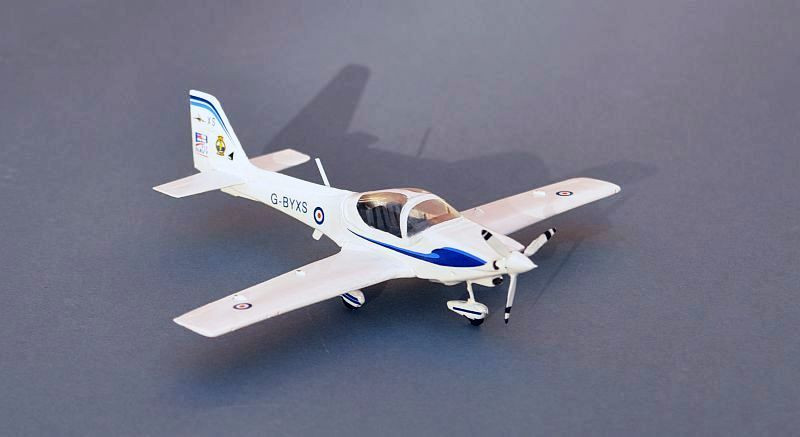
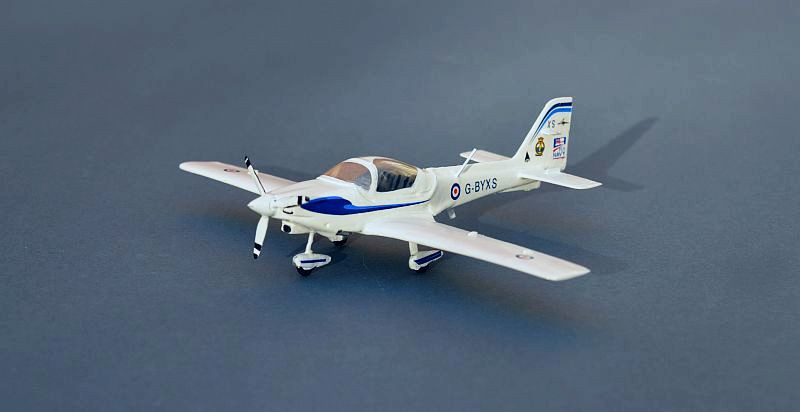
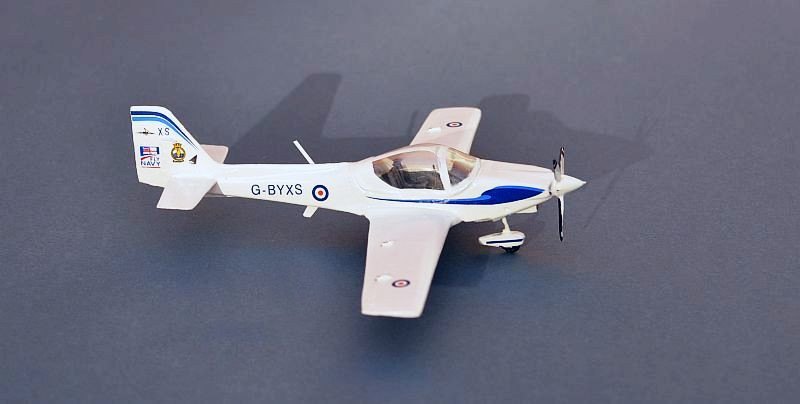 Top of Page
Main Index
Top of Page
Main Index
The Airfix Chipmunk is one of only 2 1/72 kits of this versatile and long lived trainer.
It is very basic, with prominent rivets, flimsy undercarriage and a somewhat difficult
wing to fuselage join. Decals are from the original kit and my spares box. The kit
is otherwise OOB, except that I substituted the early leather helmeted aircrew for
some later ones with modern bone-
This type of aircraft, from the Fleet Air Arm's initial training and grading flight, has the distinction of being the only aeroplane that I have actually flown (as opposed to flown in) . During my one and only flight, we passed up over Dartmoor, around the Princetown TV Transmitter Mast, then up to the North Devon coast for a couple of loop the loops and barrel rolls, then back south (with the canopy cracked open for some fresh air as I was, by this time, feeling distinctly nauseous) around Torbay then back to Roborough. I managed to get back on to the ground with the engine stopped before actually being sick!
The Chipmunk was the first indigenous Canadian aircraft design. Entering service
in the early 1950s as a replacement for the Tiger Moth, it continued in UK military
service until the late 1990s. During the 1960s, the Fleet Air Arm acquired twelve
ex-
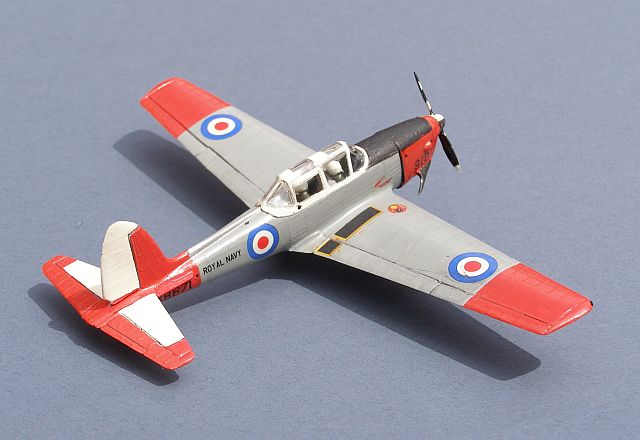
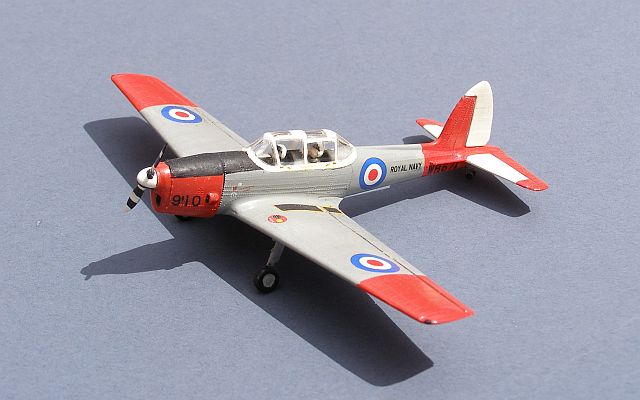
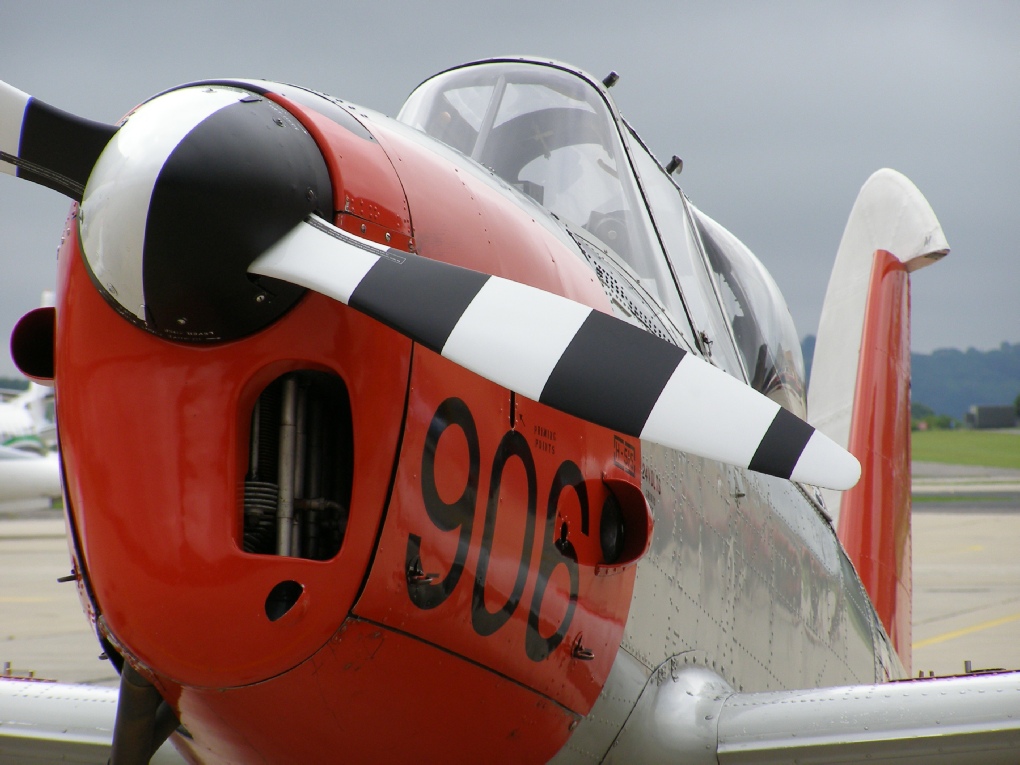
Fairey Gannet AEW.3, 849 Sqn A Flight, HMS HERMES,1971.
The Gannet airframe was radically redesigned with new fuselage and more powerful engines, to carry an AEW Radar set and a basic data link, allowing it to control fighter aircraft and transmit an over the horizon radar picture back to the host Carrier. In this form it served on RN Carriers until the late 1970s, with 849 Sqn providing 4 Flights of carrier based aircraft plus a shore HQ/Training Sqn at Lossiemouth (later Culdrose).
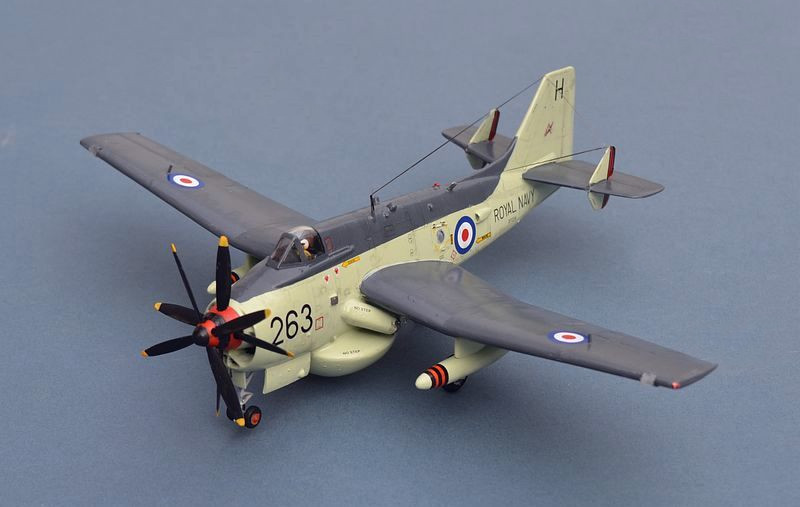
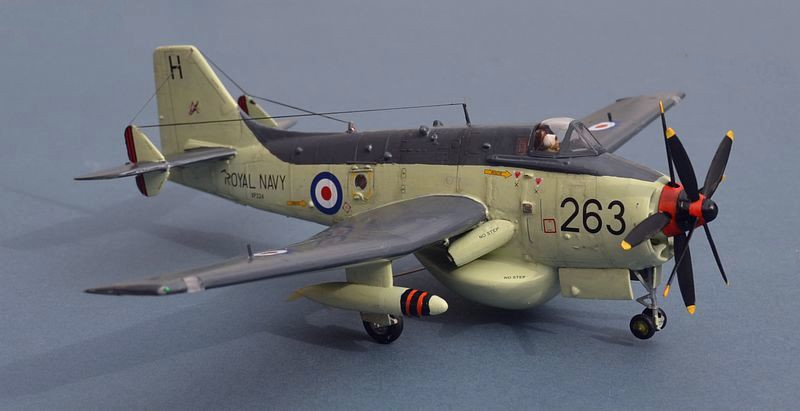
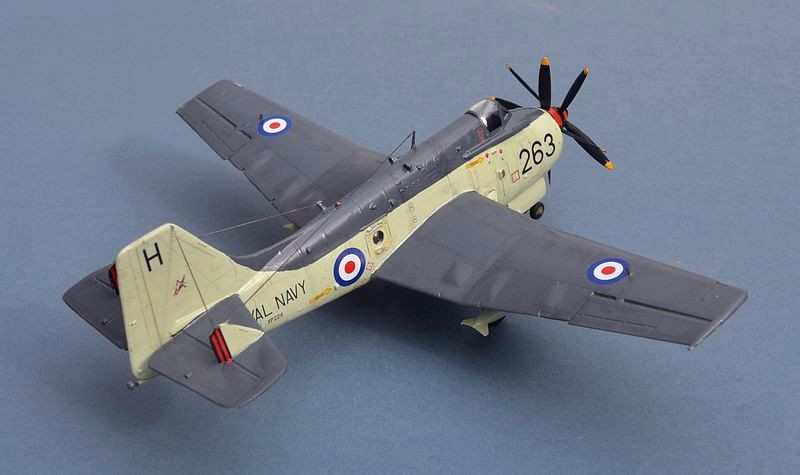
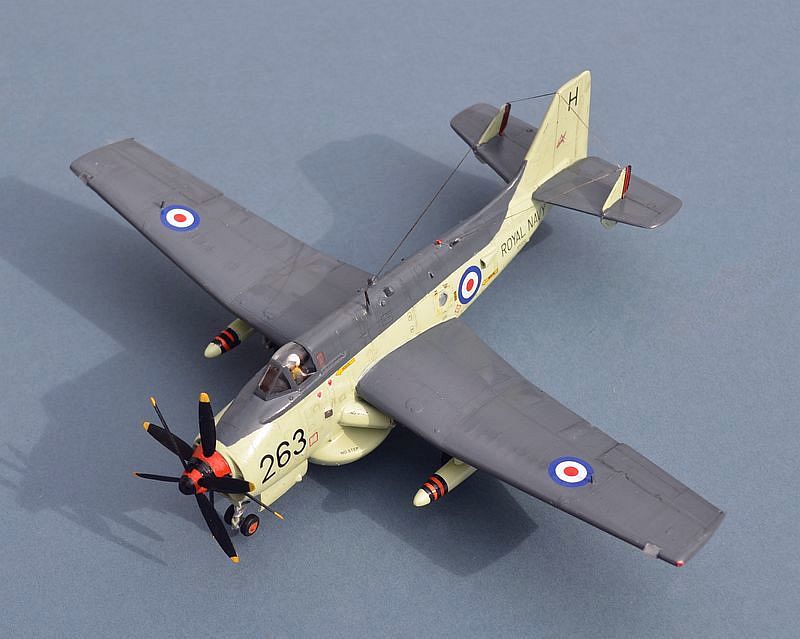
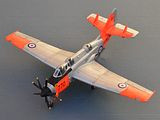
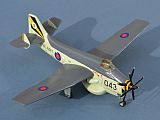
Trumpeter’s kit comes in 2 variants, and AS.4 and a T.5 (labelled as a T.2) . It’s not perfect by any means, but a much better kit than the old FROG offering.
The T.2 and T.5 trainer variant of the Gannet was widely operated from shore bases by Gannet Squadrons..
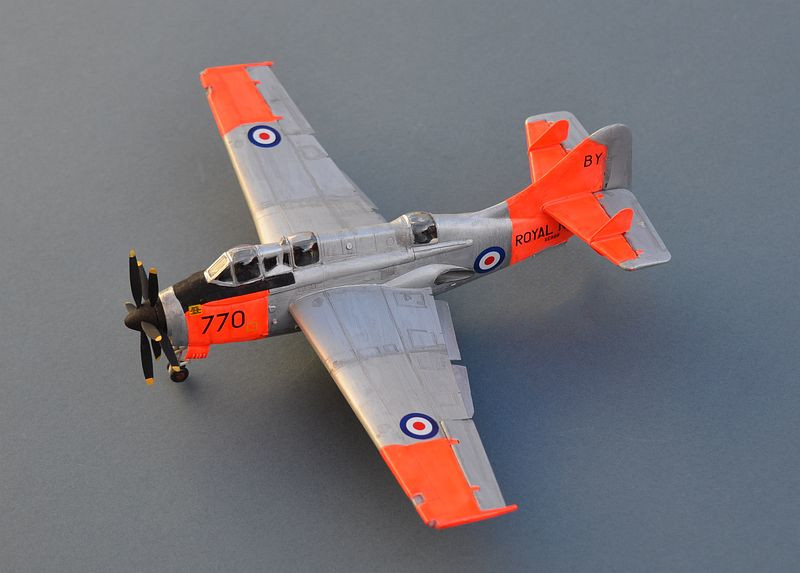
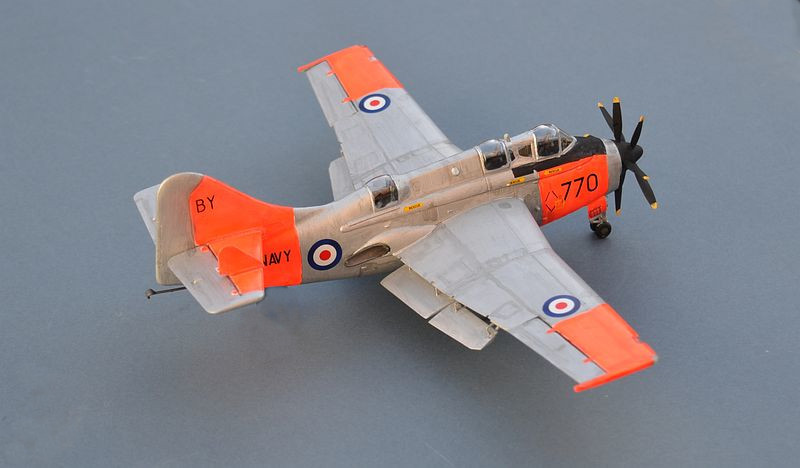
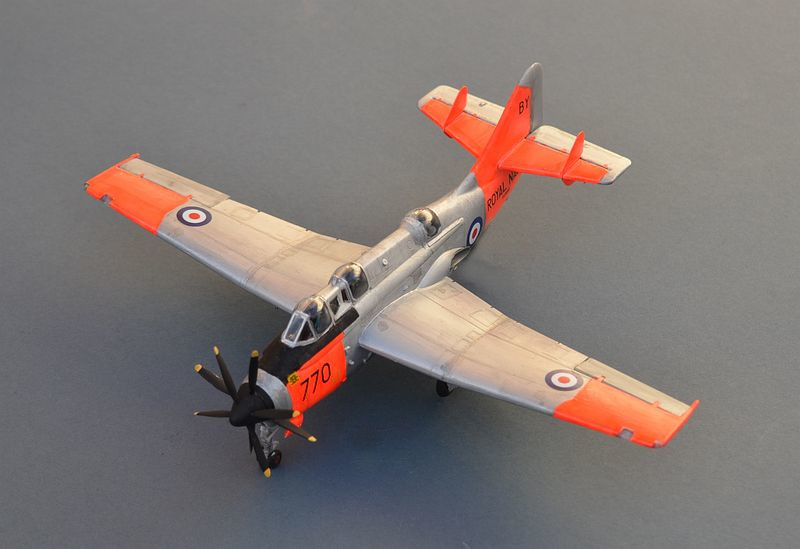
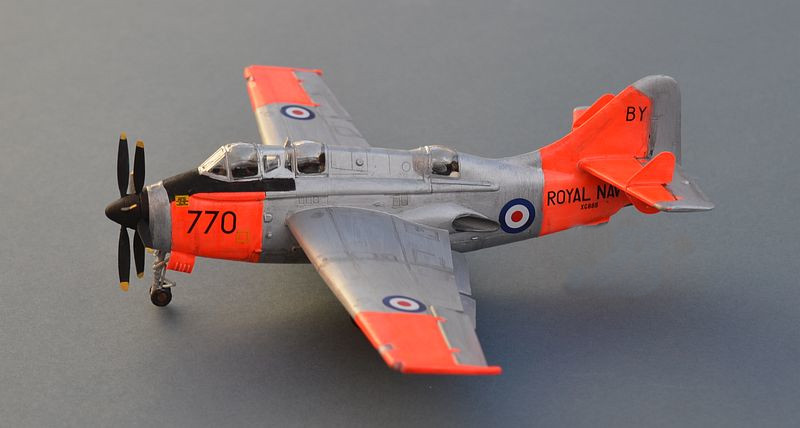
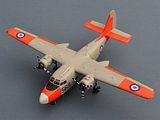
The Special Hobby kit of the Hunting Percival pembroke also includes parts to build the earlier Sea Prince Royal Navy trainer. This is s short run kit which definitely requires some skill and patience to build
The Hunting Percival Sea Prince was a military variant of the civil Merganser and Prince light transport aircraft developed in the late 1940s. Its high wing and low slung fuselage were intended to make it easy for passengers to embark and disembark at small airfields.
The design was quickly adopted by the Fleet Air Arm as a transport aircraft, followed
by the development of a dedicated anti-
Forty one Sea Prince T.1s served in the ASW and navigation training role from 1951 until 1972 when they were replaced by the Jetstream. The RAF also operated an upgraded version of the Prince with extended wingtips and a greater range/payload, known as the Percival Pembroke.
